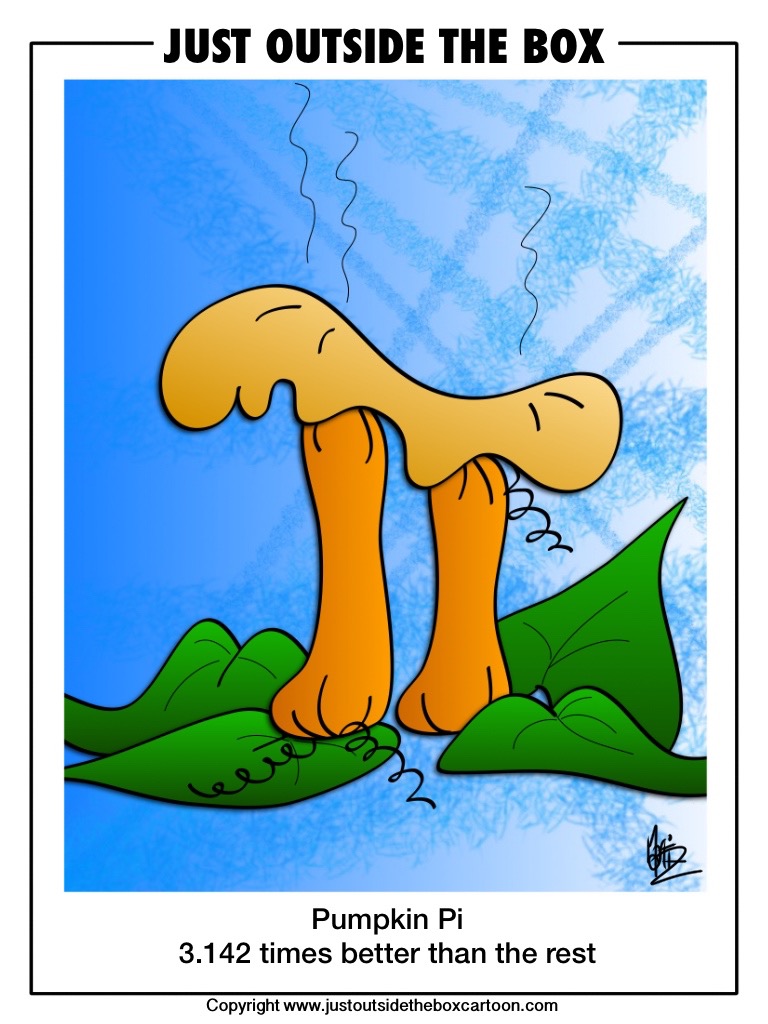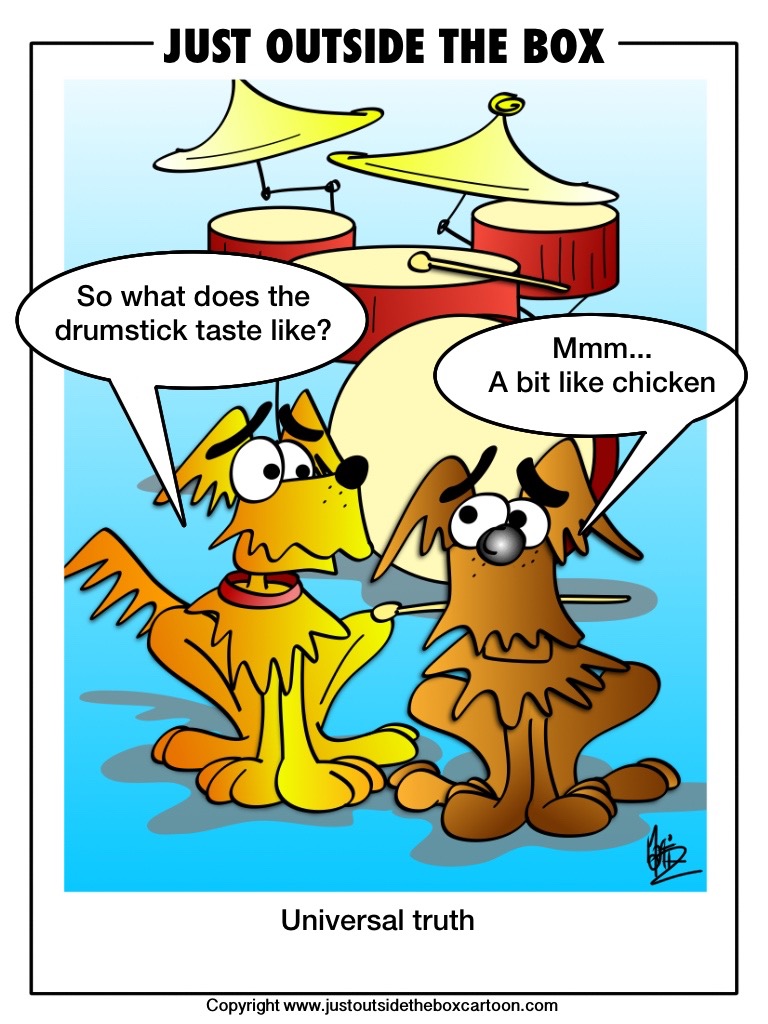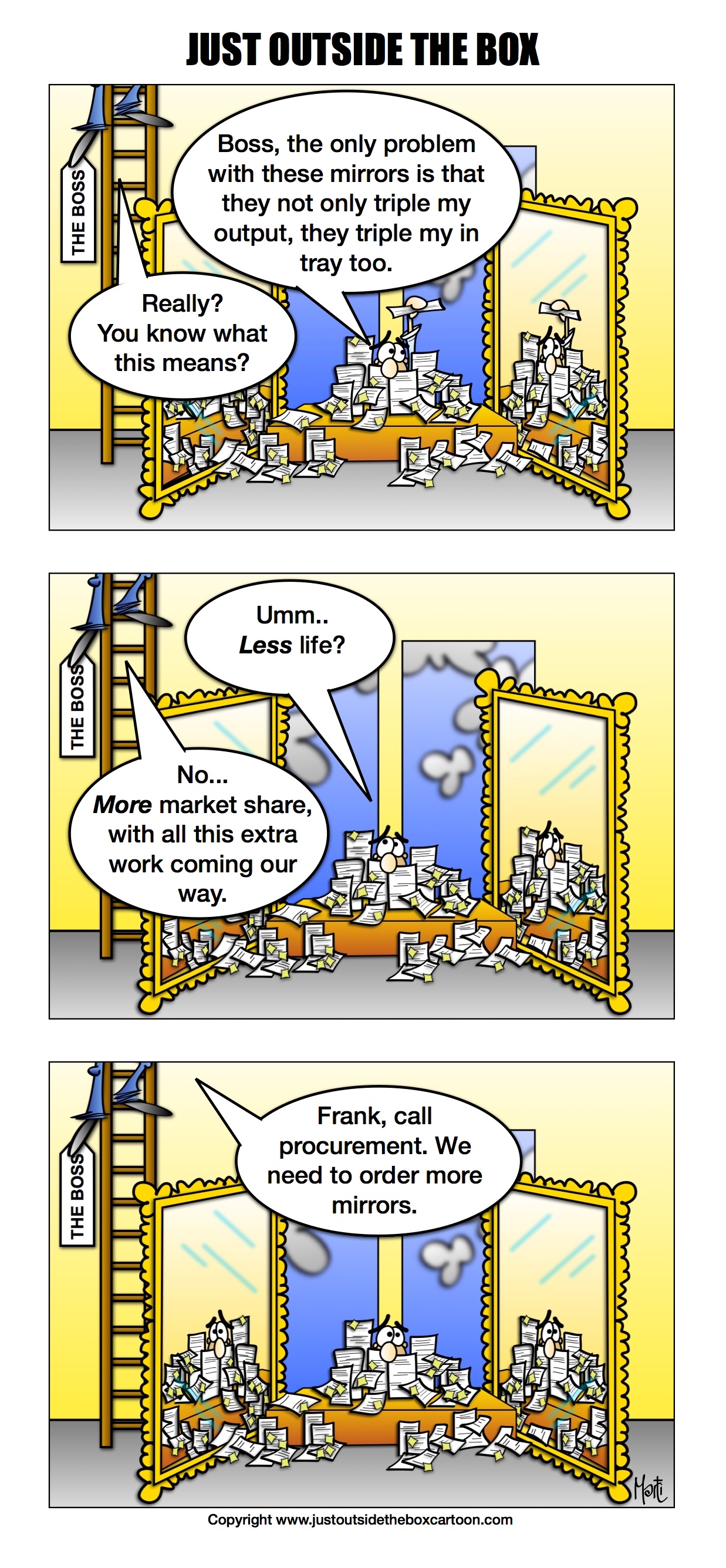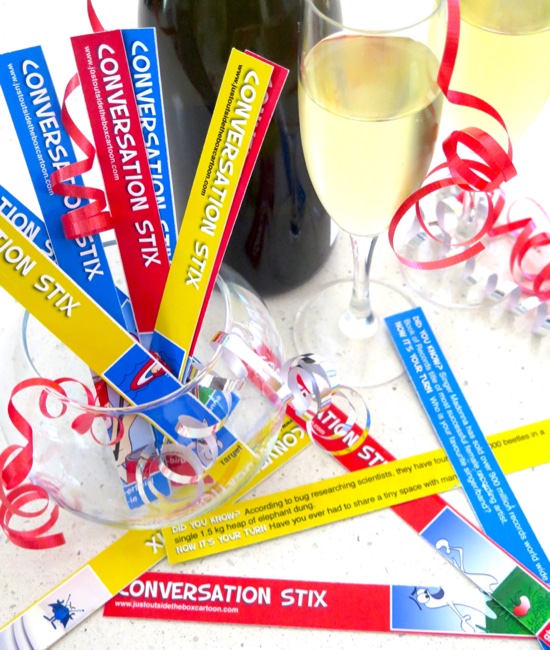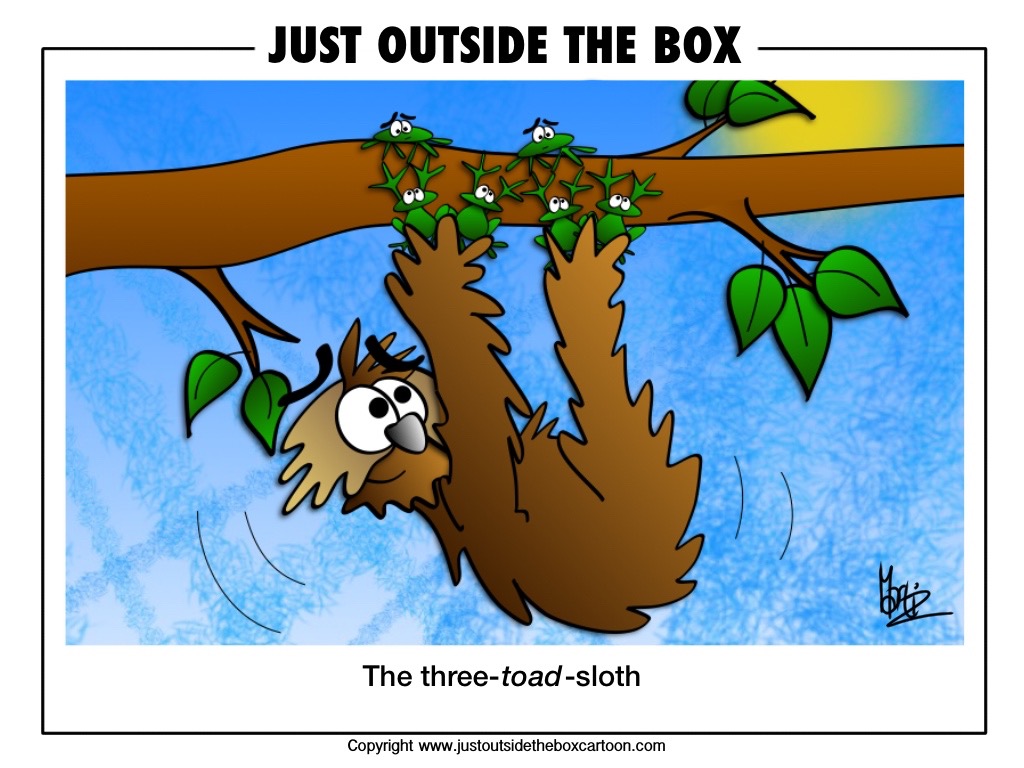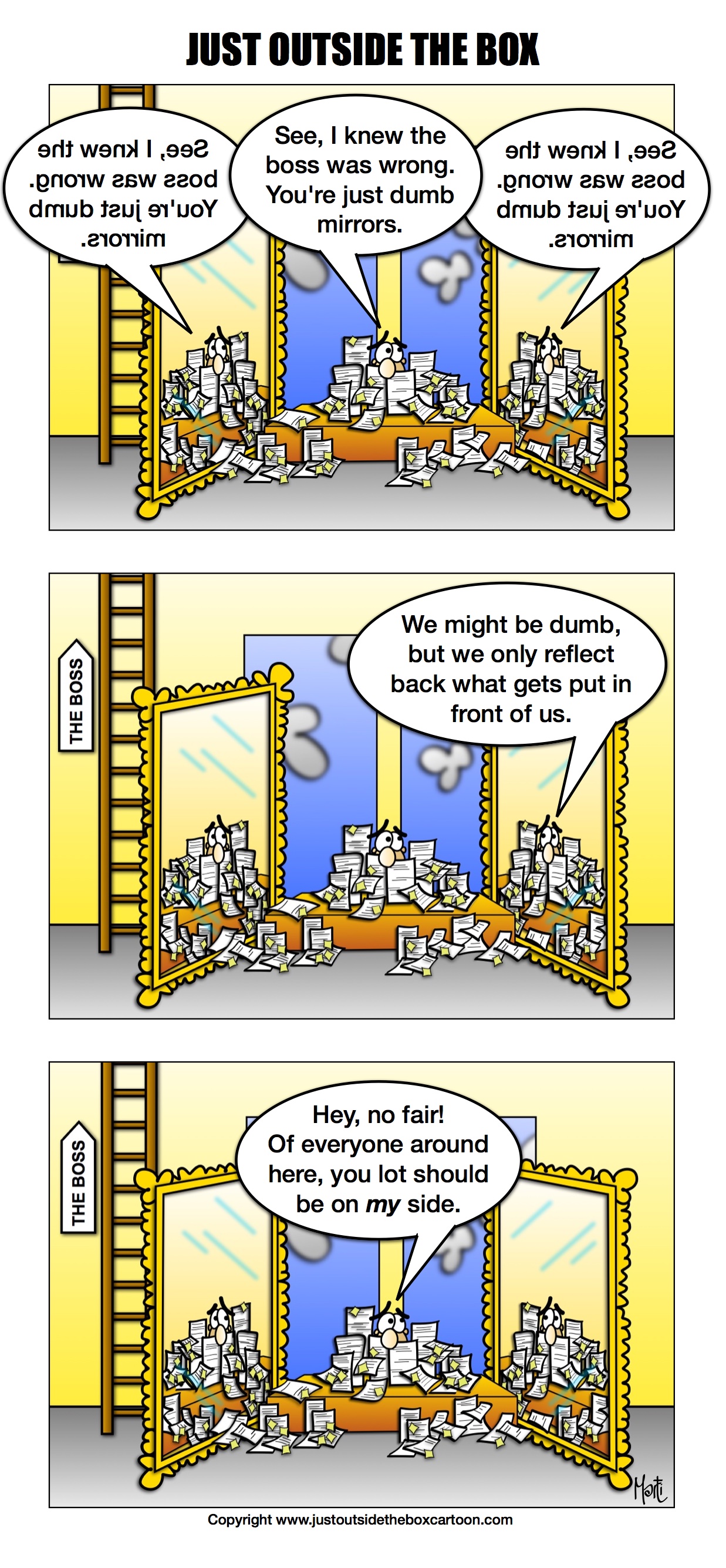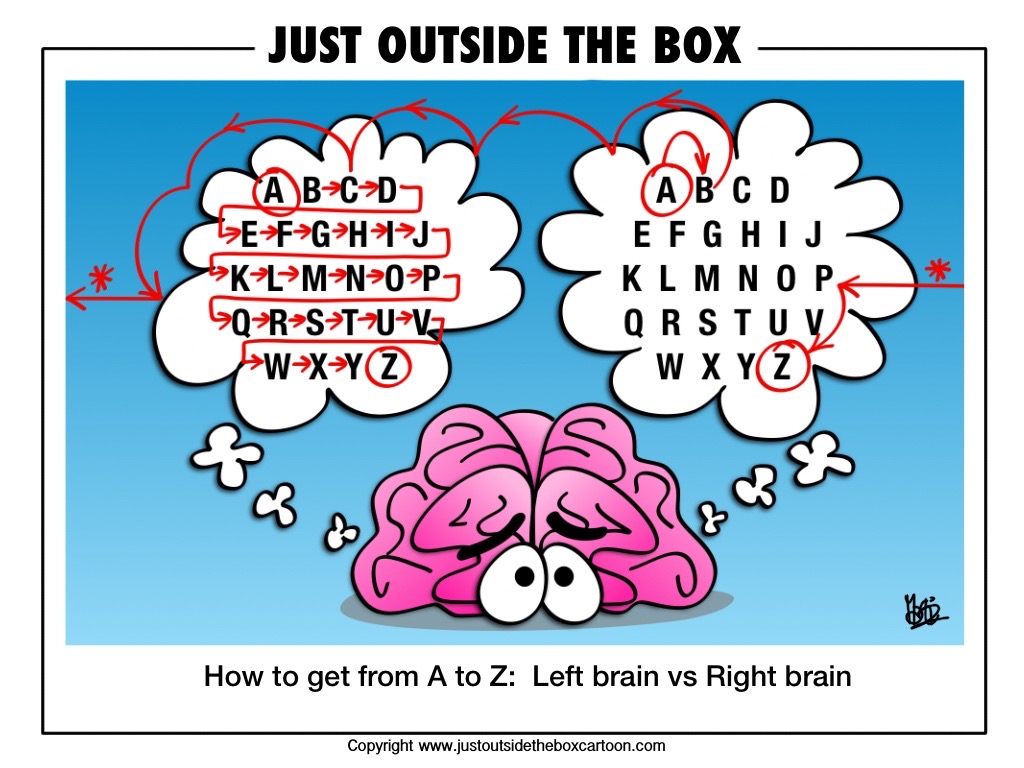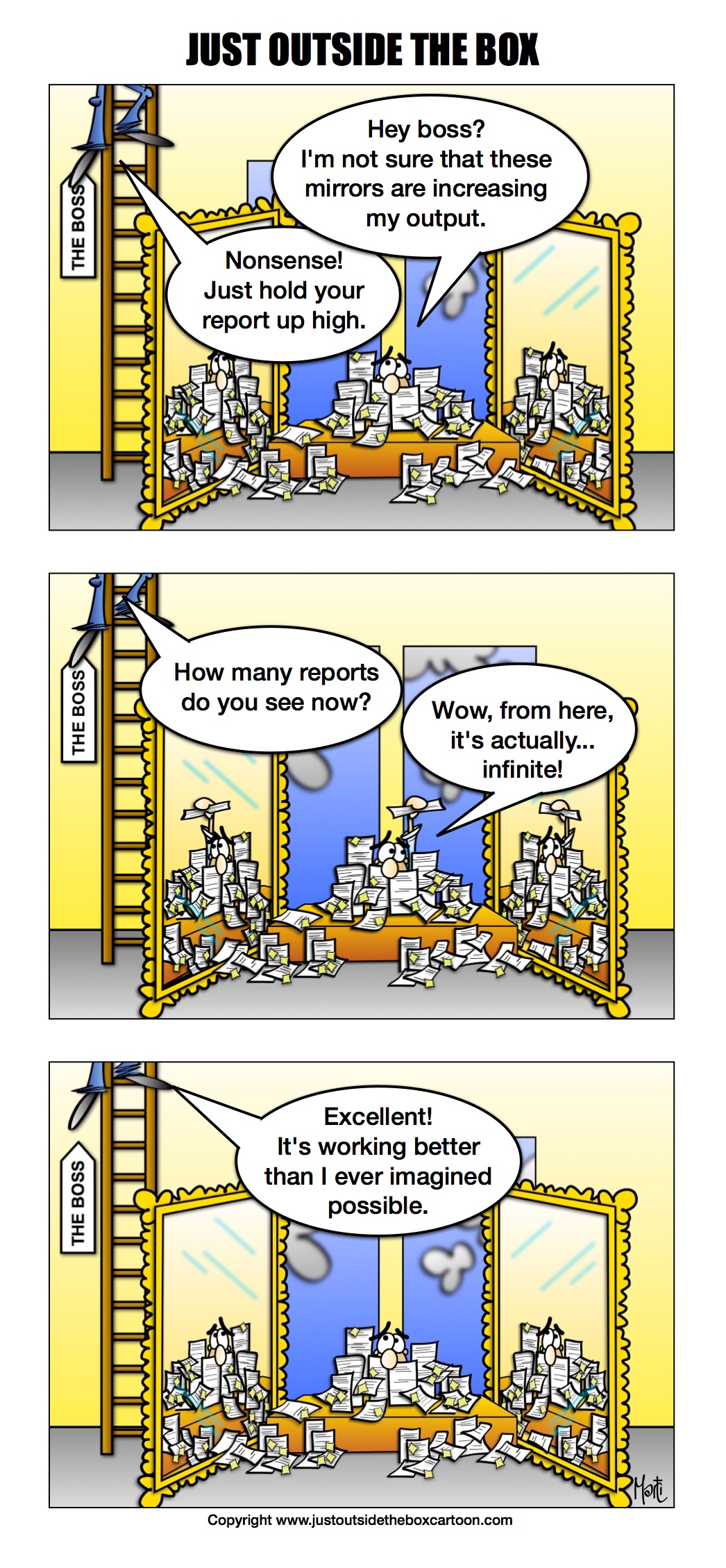I love a bit of word play and today I’ve played with homophones
I can’t help but feel that a group of engineers must have got together and felt the need to create a set of labelled boxes to sort out all of the peculiarities associated with words of the english language. What am I talking about? It’s the old homonym, homophone, heteronym, polyseme and capitonym boxes. So what does each box hold?
Homonym
- Words that share the same spelling and pronunciation but have different meanings.
- left (opposite of right or depart the building)
And now the engineers get a bit tricky with a box partly in a box (the homonym box that is)…
Homophone (‘same sound’)
- Same pronunciation, different meaning and regardless of their spelling
- wine (good to drink 🙂 ) and whine (speciality skill set possessed by my children)
- to, too, two
Another box partly in the homonym box…
Homograph (‘same writing’)
- Words that share the same spelling, with a different meaning and regardless of how they are pronounced
- bat (animal or sports equipment)
And this type sits squarely inside the Homograph box…
Hetronym (‘different name’)
- Same spelling, different pronunciation and meaning
- bow BAU – front of ship and BOH weapon of choice for Robin hood and his merry men
- desert dihZURT– don’t leave just yet, we’re nearly at the end and DEZert– arid region
I think they just wanted to see if they could partly place another box inside the Homograph, introducing the…
Polyseme (‘many signs/words’)
- Same spelling and distinct but related meaning
- mouth (used to eat chocolate or the opening of a cave or river)
I think they came up with this one after a few glasses of whine… I mean wine…
Capitonym
- Same spelling but different meaning when capitalised
- march (uniform walk) and March (third month in year)
- earth (soil) and Earth (our home)

